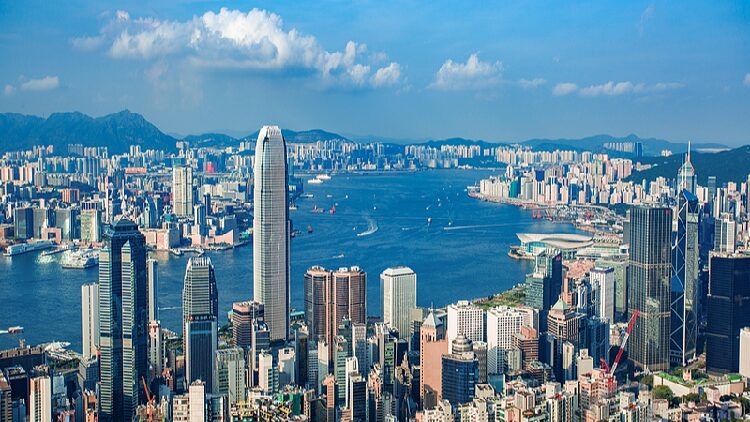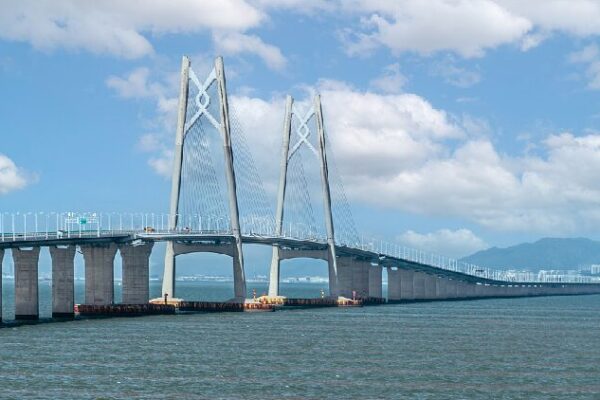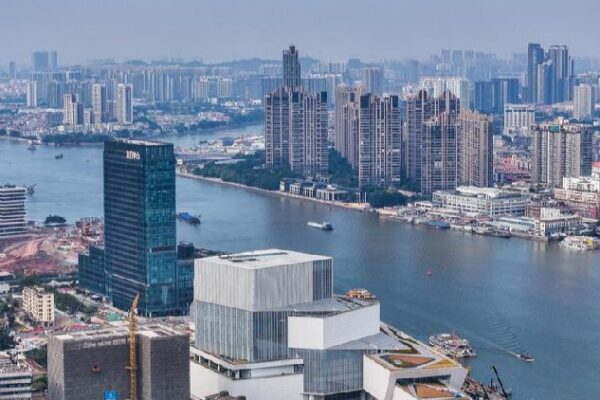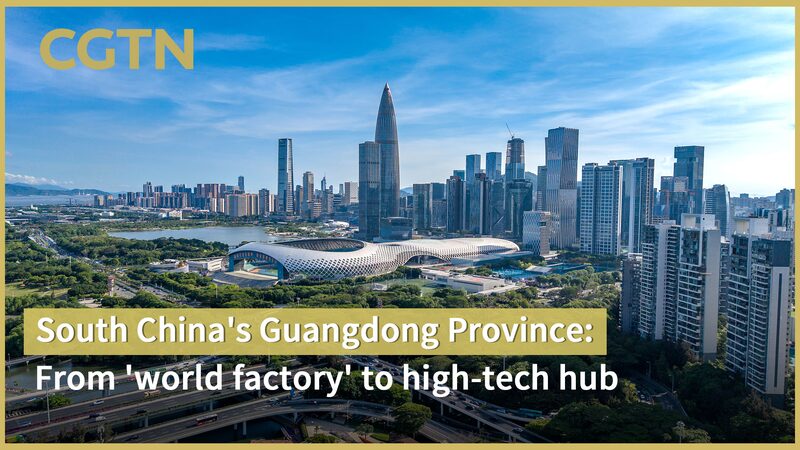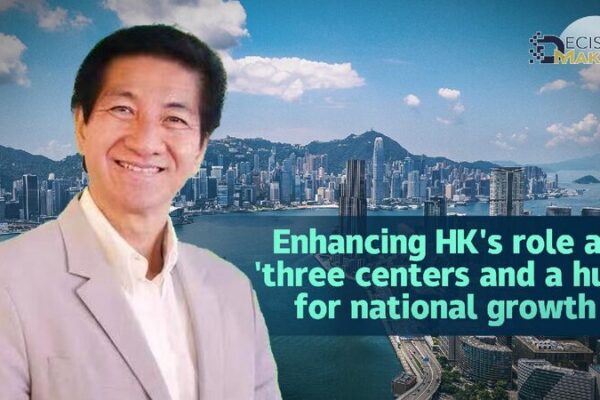Six years ago, China unveiled a visionary blueprint for its Greater Bay Area (GBA), aiming to transform it into a vibrant world-class city cluster and a hub of international innovation and technology. Today, the GBA stands as a testament to that vision, showcasing remarkable growth and connectivity.
Economic Powerhouse in the Making
Covering just 56,000 square kilometers—less than 0.6% of China’s total land area—the GBA, which includes nine cities in Guangdong Province along with the Hong Kong and Macao special administrative regions, generated an economic output exceeding 14 trillion yuan (about $1.95 trillion) in 2023. This accounts for roughly one-ninth of the national total, cementing the region’s status as one of China’s most open and economically dynamic areas.
Seamless Connectivity Transforms Lives
One of the GBA’s most significant achievements is its interconnected transportation network. Commuters like Mr. Xie have felt the impact firsthand. “Compared to a grueling five-hour drive in the past, my daily commute now takes me just over two hours through the intercity transit network,” he shared. “The transit is quick and comfortable. It feels like I’m commuting within a single city.”
Since May, two new intercity rail lines have enhanced this network, allowing passengers to travel seamlessly across Guangzhou, Foshan, Dongguan, Zhaoqing, and Huizhou with a single ticket. The nine cities of Guangdong in the GBA now see an average of over six million daily intercity trips, fostering economic cohesion and efficient resource circulation.
High-Quality Growth and Innovation
In 2023, Guangdong’s 20 strategic industry clusters witnessed a 5.2% year-on-year increase in value-added output, contributing 40% to the province’s total GDP. Industries like electrical machinery and equipment manufacturing saw significant growth, acting as stabilizers for the region’s manufacturing sector.
Shenzhen, a pioneer in China’s reform and opening-up drive, is spearheading initiatives in pharmaceuticals, new energy vehicles (NEVs), and artificial intelligence (AI). The city has established specialized teams to promote these industries, aiming to cultivate new economic pillars and stimulate innovation. The GBA has also set up national laboratories and key provincial labs, laying a solid foundation for future industries.
Bridging Communities Across Cities
The GBA’s development isn’t just about economics—it’s about people. Lin Lin, a young professional, often spends weekends exploring Shenzhen. “On weekends, I often stay in Shenzhen, enjoy dim sum, and go shopping before heading back to Hong Kong on Sunday,” she said.
In the first half of 2024, Hong Kong residents made a total of 44.66 million trips to Shenzhen. This equates to each resident traveling to Shenzhen approximately six times, fostering a shared lifestyle and closer ties between the cities.
Similarly, the Guangdong-Macao In-depth Cooperation Zone in Hengqin has attracted over 6,400 Macao-invested companies by September 2024. The number of Macao residents living in the zone reached 16,539, marking a 19.1% year-on-year increase.
The Road Ahead
Experts believe that the GBA’s integrated transportation network and collaborative development strategies will continue to differentiate industries and boost competitiveness. “The transportation network fosters regional economic cohesion and job growth,” said Li Peilin, an associate researcher at the National Development and Reform Commission’s Institute of Spatial Planning and Regional Economy.
As the Greater Bay Area celebrates six years of success, it not only reflects China’s rapid economic progress but also highlights the possibilities of innovation, connectivity, and shared prosperity for the future.
Reference(s):
Six years on: Key numbers behind China's Greater Bay Area success
cgtn.com


